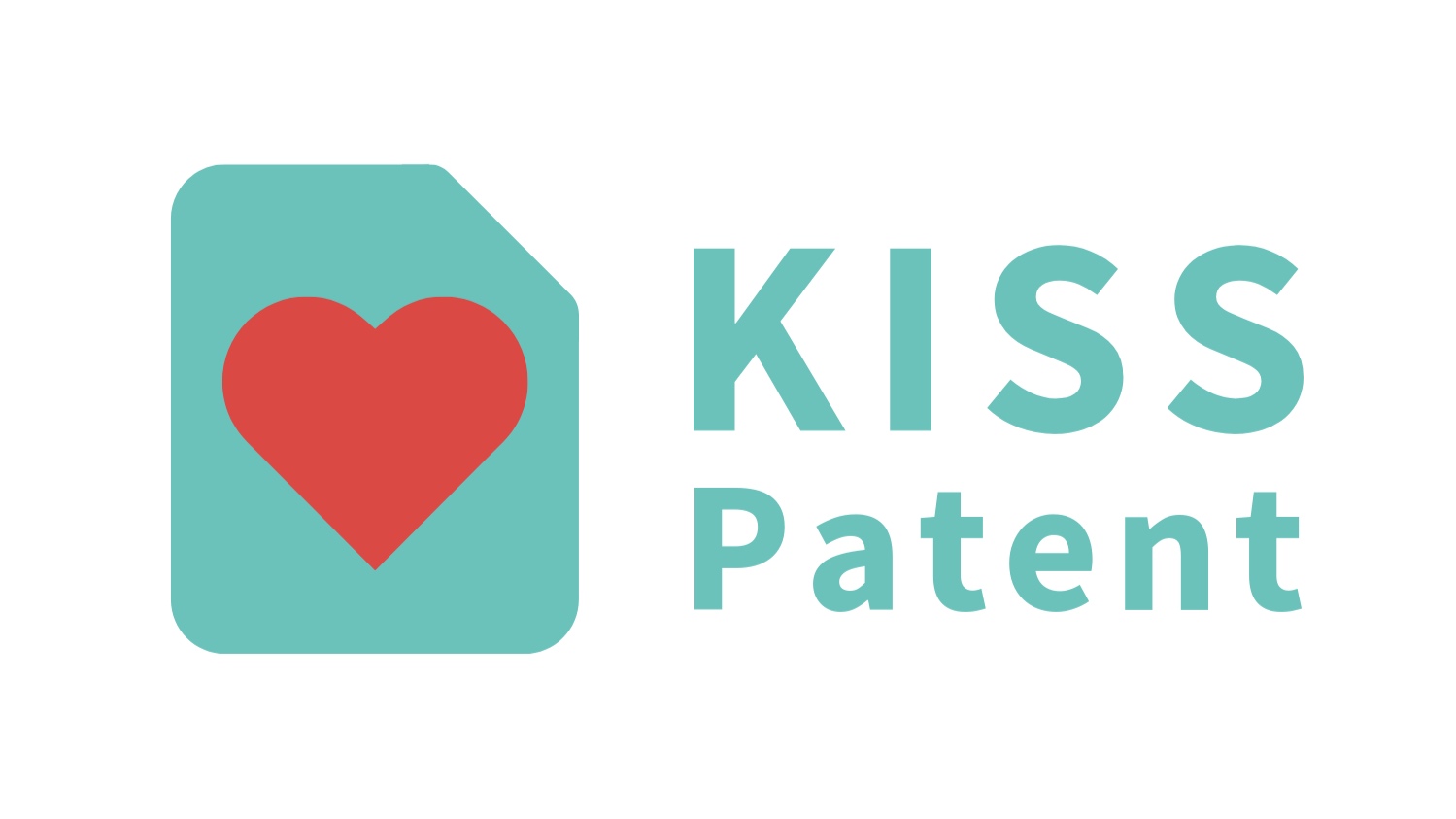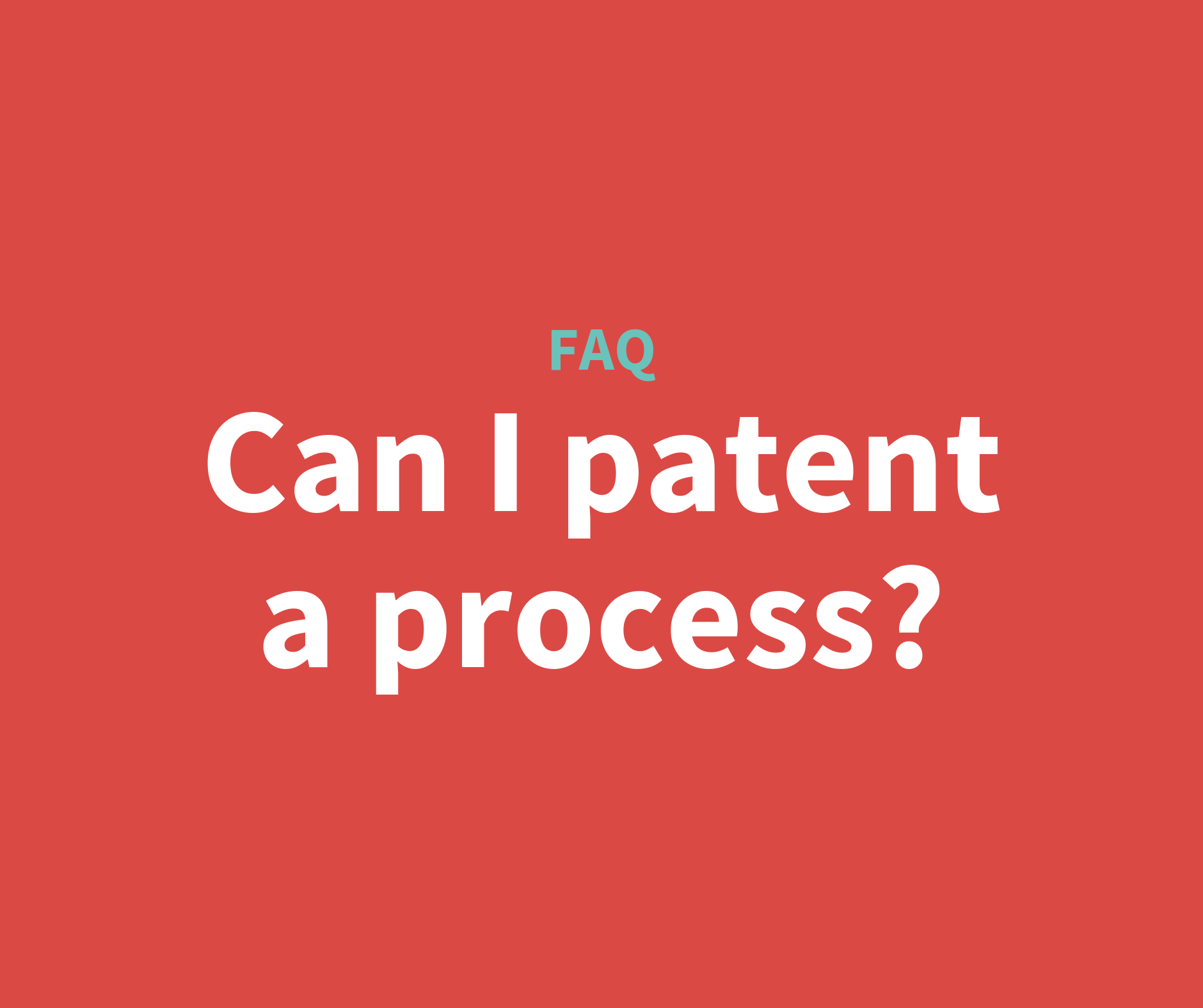A patent search involves looking through previously published information to find out if your invention is new and potentially patentable.
Patent searches are part of the body of research that goes into a patent application — the purpose is to find all prior art. Prior art is the publicly available documentation of ideas that might be relevant to your invention. Prior art can include patents, but can also include anything in writing, publicly released products, product demos, public talks, videos - anything that the public can access.
If you want to do a patent search, you can either:
Hire professional patent researchers.
Do the research yourself
A professional is more likely to find prior art than you and will do so quicker and more efficiently. Be cautious if you do a search yourself - you might miss key information that would be vital to your case. One small mistake can be devastating.
To conduct the research yourself, you can search:
The USPTO.gov is a good starting point. The Patent Office has granted millions of patents, and its tools allow you to search through records back to 1790. Review patents like your invention and always broaden your search in case you’re looking in the wrong place.
Google Patents is fast, free, and easy to use. Keep in mind: there are fewer search fields, which makes it harder to narrow your searches, and some of the most recent patents might not yet be available. Text-searchable patents also go back to 1790, which makes this tool valuable for finding very old prior art.
Advanced Google Patent Search for advanced searches. It’s especially useful if you wish to search the patents your competitors hold, by inventor, or specific dates.
iSearch.ai is a fantastic new patent search tool, developed by us, that uses AI to search for existing patents based on the description of your idea. Our AI uses the description of your idea to find relevant patents to your idea, uncover competitors, and find potential overlaps. This tool gives you a uniqueness score so you can know how new and inventive your idea is. Finally, you can download a report with all the information you discovered.
If you have additional questions or need help with the patent process, click contact us.
Can’t find the answer to your question?
Do you think we missed something? Let us know!
Drop us an email or schedule a free call with us!
Search our FAQ to find more articles:
Not sure what type of Intellectual Property is right for you?
Fill out our quick survey to find out!






























